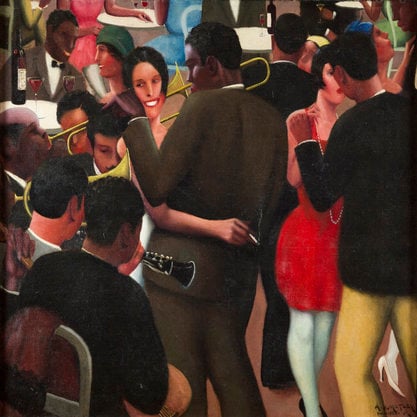Article
Just Intonation By Hasegawa, Robert
Article
Just intonation is a system of tuning musical intervals based on simple ratios between the frequencies of their constituent pitches. For voices and most musical instruments, just intonation minimizes the acoustical interference between simultaneous sounds and leads to the highest degree of blending and consonance. Though its roots are ancient, twentieth-century composers revived just intonation towards new esthetic ends.
The idea of using ratios to quantify interval size originated in ancient Greek music theory: In Pythagorean intonation, all intervals are measured with ratios made solely of multiples of the integers 2 and 3. In response to the growing use of thirds and sixths in the fifteenth century, Renaissance theorists expanded Pythagorean intonation to include multiples of 5, replacing the tense Pythagorean major third, 81/64, with the mellifluous just major third, 5/4—in all ratio-based tunings, simpler ratios produce smoother, more consonant intervals. Musicologists typically reserve the term ‘‘just intonation’’ for this Renaissance system, though it is also used metonymically to refer to all ratio-based tuning systems.
